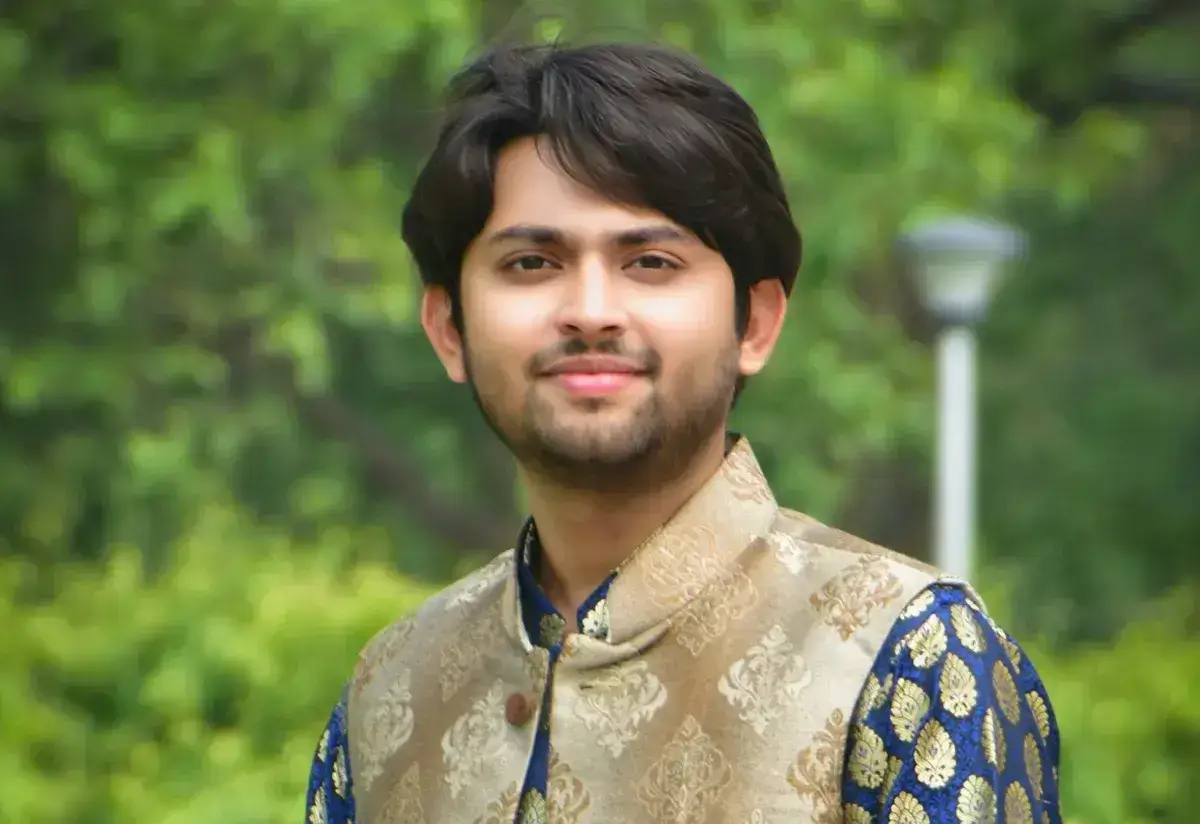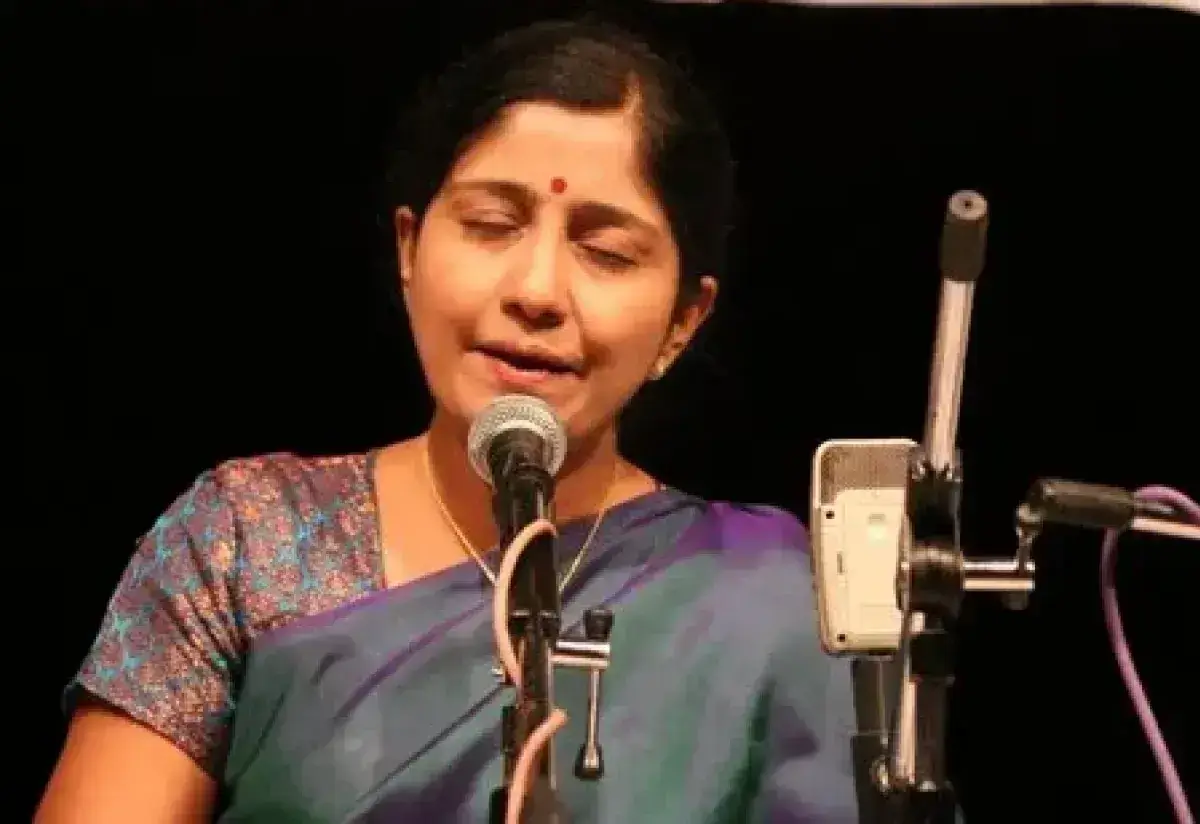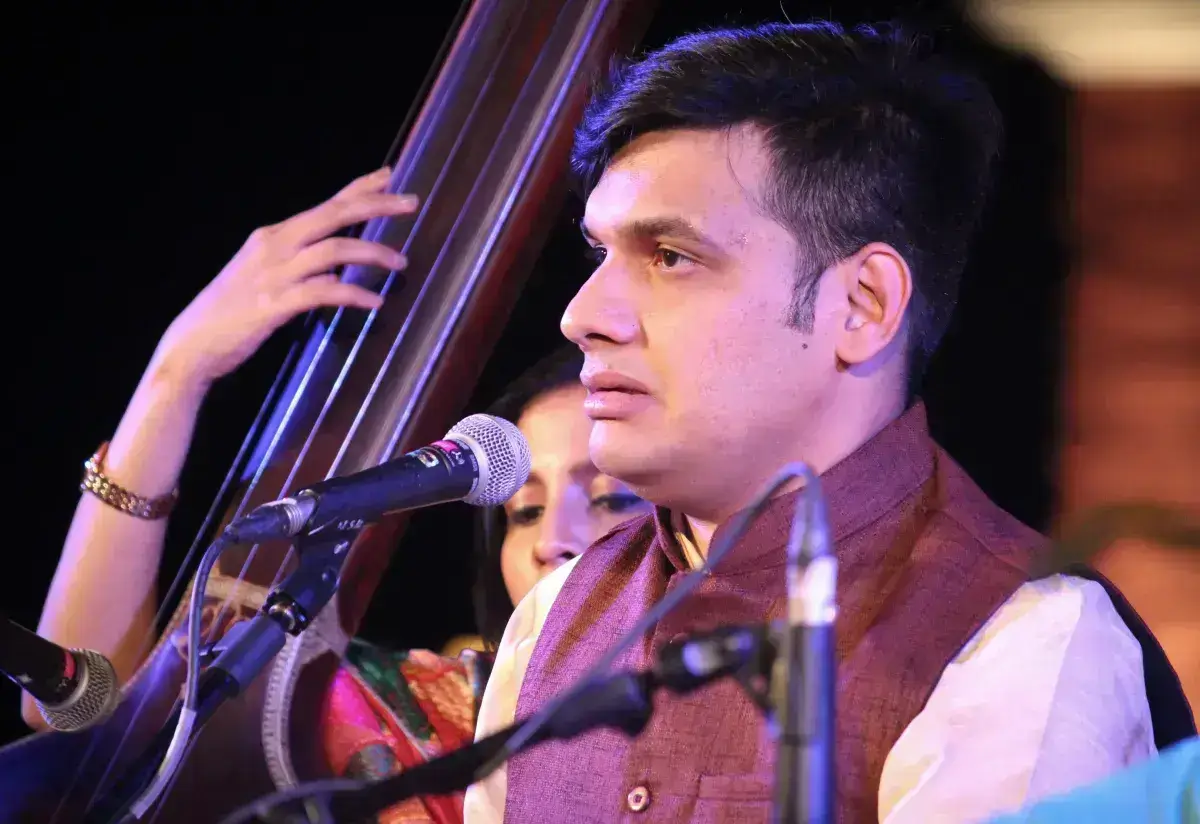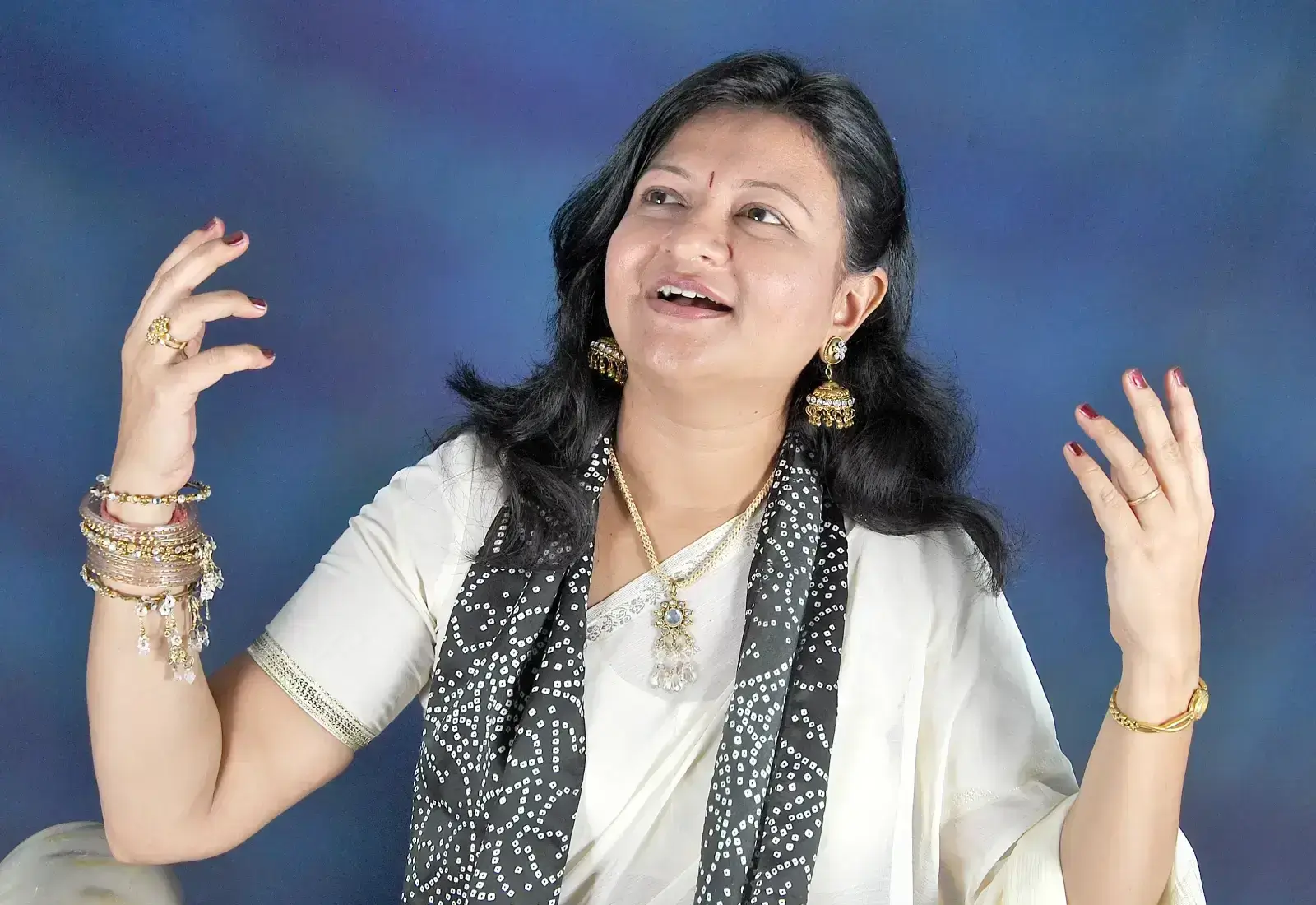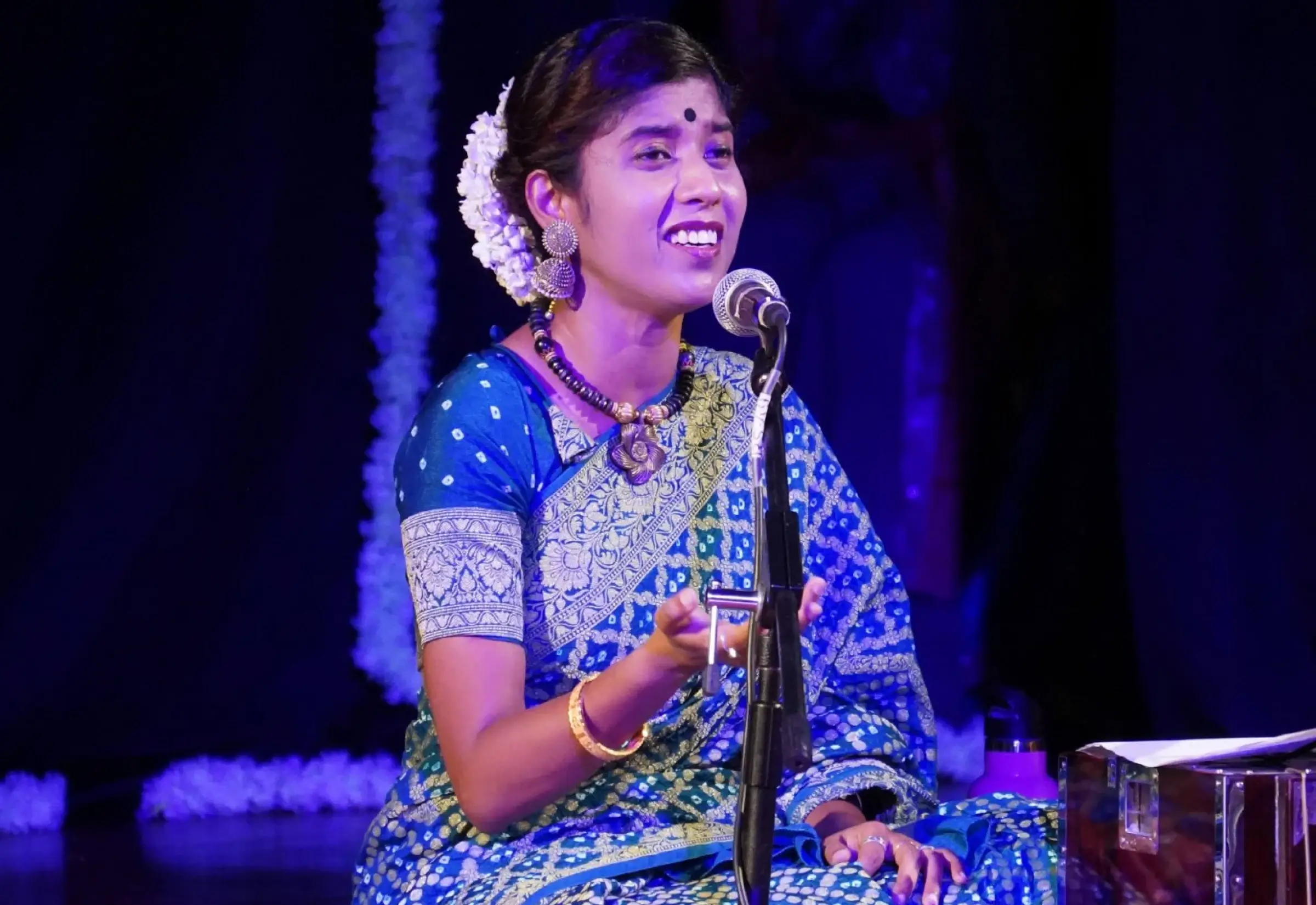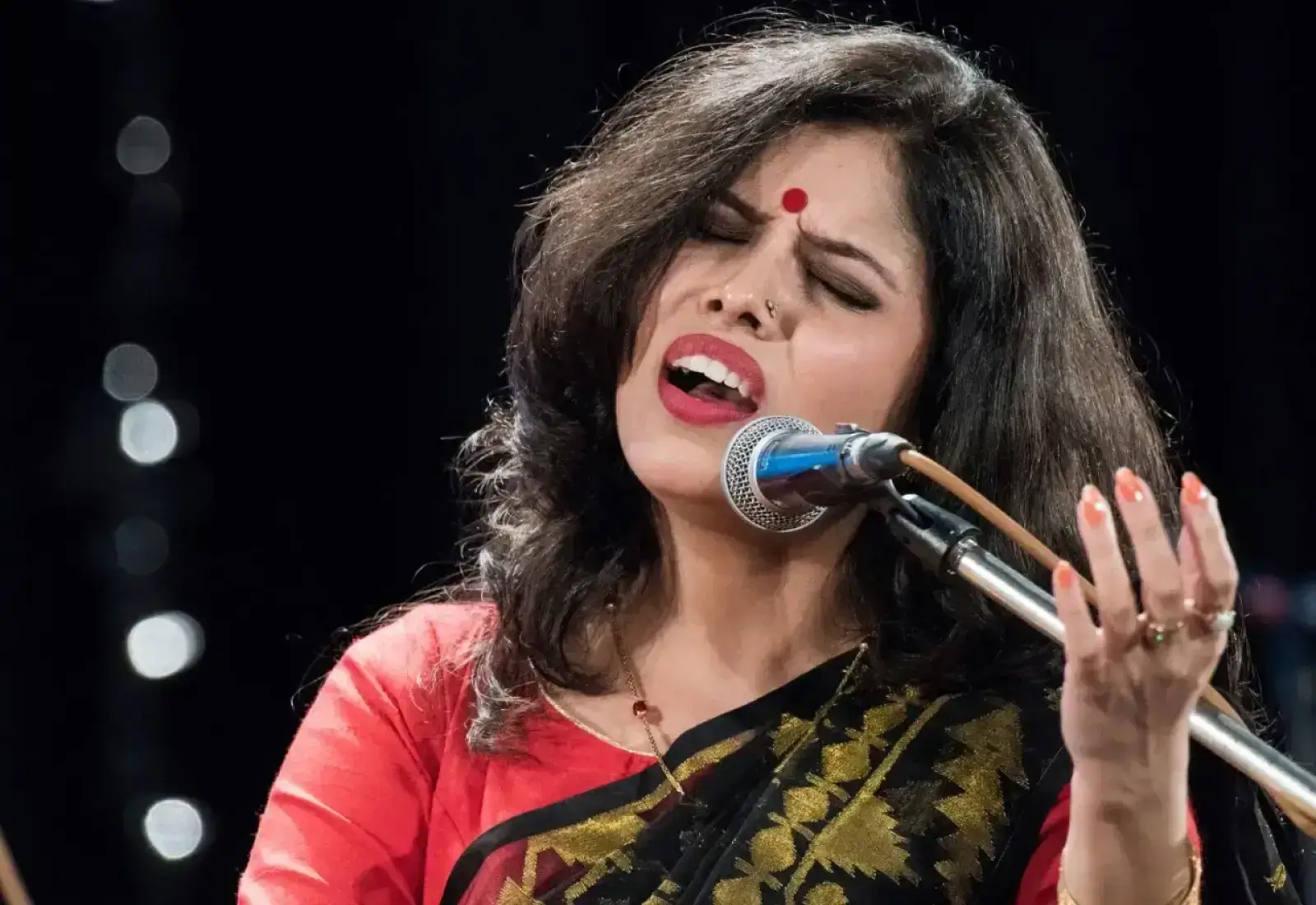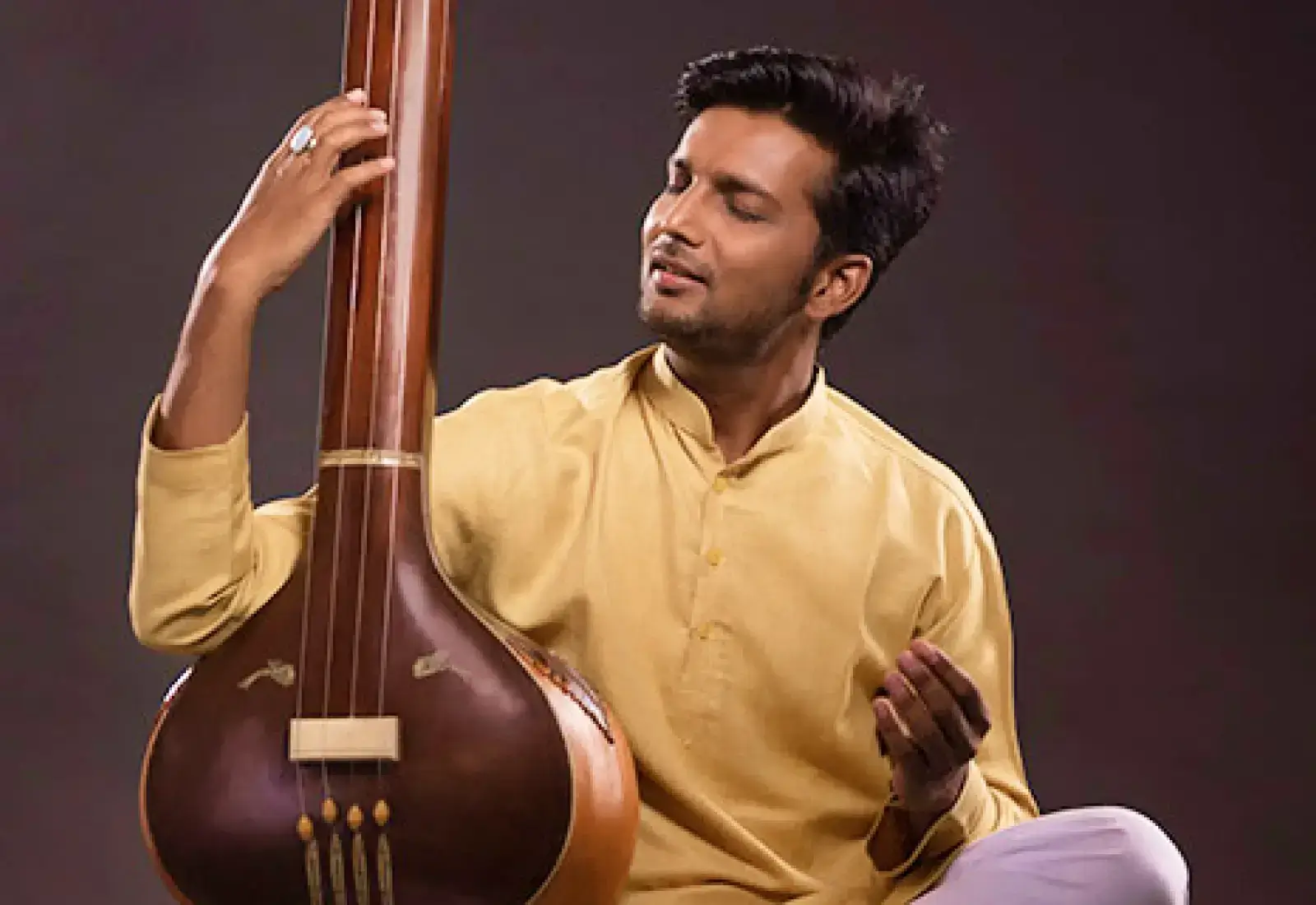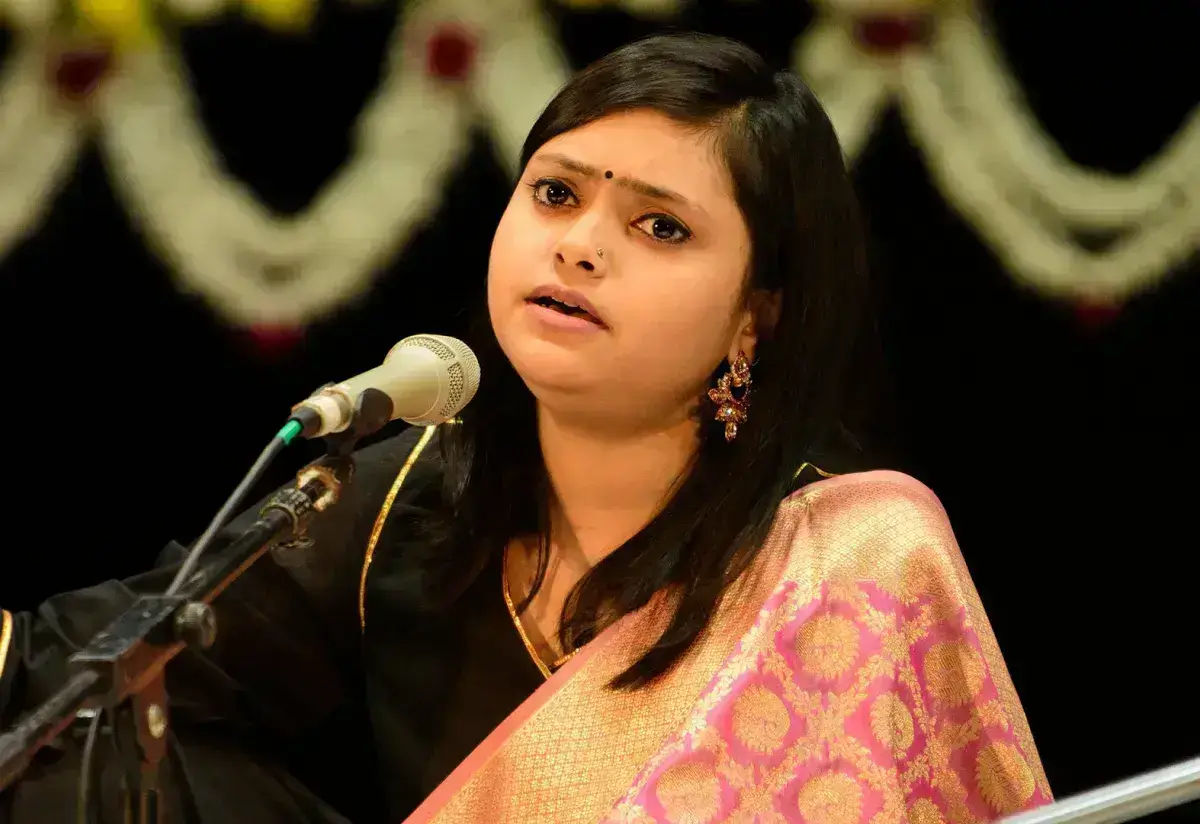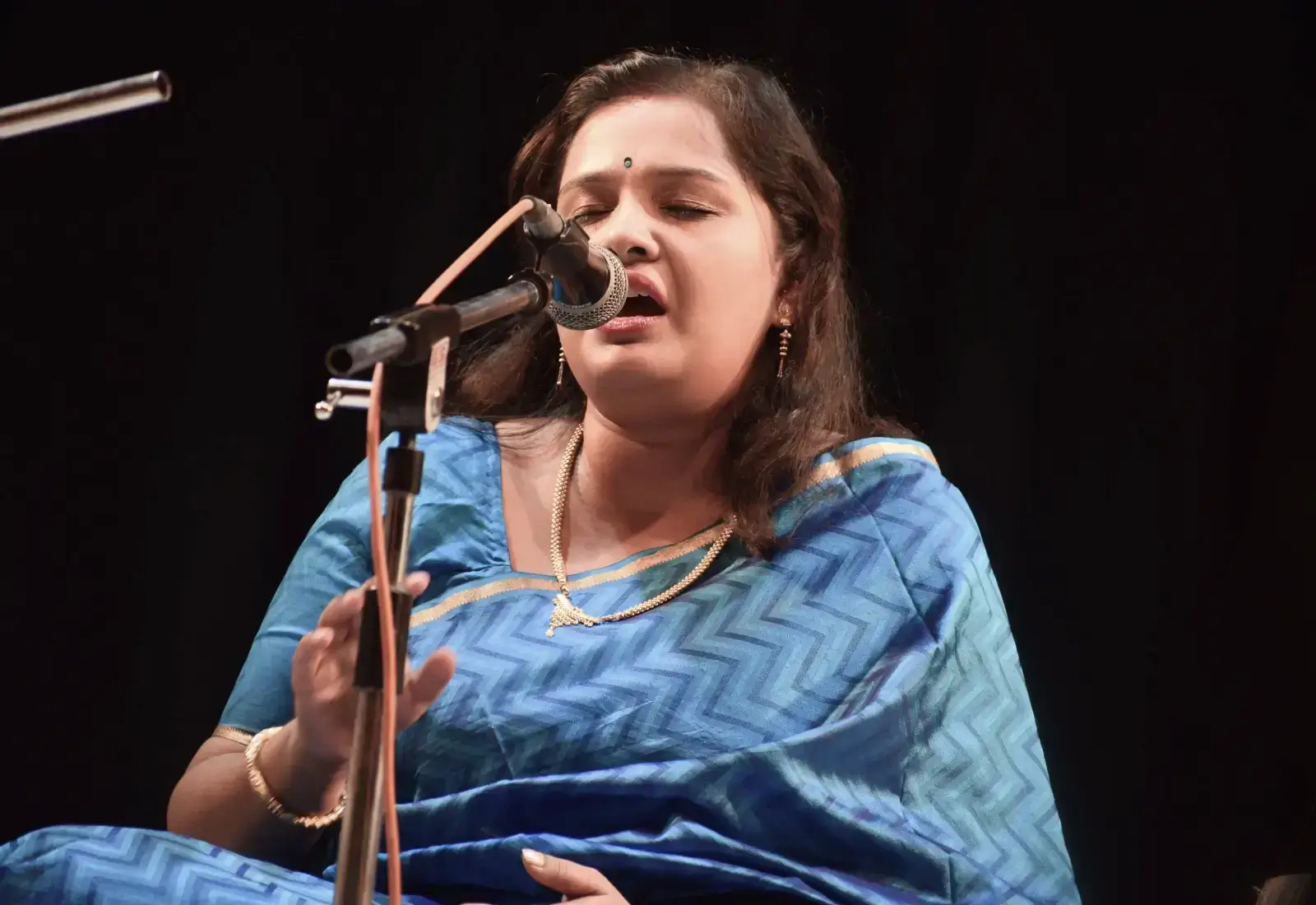Indian Ragas - Defining its Structure, Form & Soul
Indian ragas - the very seed from which rises the ever-expanding branches and foliages of Indian music.
Indian ragas render the elixir that invigorates, enriches, and replenishes the performers and the listeners alike.
So, what goes behind creating melodic repertoires? What goes behind composing a bandish for the Indian ragas? How to improvise the alap and taans. How much of the recital is structured or fixed and how much freedom does it allow the performer? What level of proficiency is required to improvise on your own?
Well, the process is slow yet incremental.
At the beginners level, students follow the notations given by the teacher. However, as they proceed ahead on their learning curve, the students learn to improvise the alap, taan, swar vistaar, tarana et al while remaining within the set framework of the raga.
In this article, we will try to understand what raga is. Thereafter, we will take up each component of raga and understand how they are built.
Recital flow of Indian Ragas - how they are introduced and taken ahead during a recital?
Ragas are defined as scale structures that form the basis of a musical composition. Whenever a raga is introduced to a student, the first few things that are taught include - the name of the raga, thaat, time of singing, and the taal that it should follow.
The characteristics of a raga are usually introduced with the help of a Lakshan Geet. It comprises of a couplet that lay out the basic structure of the raga.
For example, the Lakshan Geet of Bihaag goes like -
Shuddha suran ko mel kare guni gawat raag Bihaag|
Audav-sampooran kar manat upajat nit anuraag|
Vadi gandhaar kare sun sahachar tako det nikhaad|
Raat samay nita dooje prahar mein gawat san bad bhaag||
In the above lines, the rules that should be followed while singing Raga Bihaag are mentioned.
As we move ahead in the article, let us understand each of these characteristics and rules that define Indian ragas.
Gayan Samay or Right Time to Sing the Raga
The time to sing the raga music also plays a significant role in deciding how the alaap will unfold.
For example, a morning raga, such as Bhairav will open at a very slow pace just like the way the sun rises. Each and every note will be touched and unraveled slowly - just like the hues of crimson touch the sky, removes the darkness and illuminates the sky bit by bit. In the same manner, the alaap for Bhairav introduces the raga and sets the pace for the further melodic repertoire to be demonstrated.
Read our article on Khayal Gayaki to know more about the traditional facets of Hindustani classical music.
Unfolding the Raga
The basic structure of the raga includes-
- vadi swara (leading note),
- sambadi swara (second lead),
- varjit swara ( that, which should not be used while singing), and
- usage of shuddha swara and vakra swara in the raga
For example -
Raag - Yaman | Thaat - Kalyaan | Time for recital - Evening | Taal - Teen Taal
Vadi Swar - Gandharva (Ga) - This is the note that will have to be emphasized the most. This not will be used for gamaka, extended stay of the voice or any other vocal expression.
Samvadi - Nishaad (Ni) | Jati - Audav - Sampoorna
Use of Teevra Madhyam (Ma+)
This initial information is followed by the arohan, abrohan, pakad, alaap.
Arohan (ascent) - Ni Re Ga Ma+ Dha Ni Sa (using six notes in the ascent - hence, Audav)
Abrohan (descent) - Sa’ Ni Dha Pa Ma+ Ga Re Sa (using all seven notes in the descent - hence, Sampoorna)
Pakad/ Chalan (Signature phrase of the raga) - Ni Re Ga, Re, Ni Re Sa
As we can see in the above example, these are the fixed rules of Raag Yaman that the performer/ composer has to adhere to. However, the part that comes after this gives the opportunity to absolutely let free your imagination and creativity. That is - Alaap.
Alaap
In this part of raga music, the singer slowly sets the mood. This is where the performer touches each and every note one by one and tries to form a melodic pattern on his own.
Now, this is where freedom of expression comes in -
- The sequence in which the performer will place each note,
- the duration for staying on a particular note,
- how will he combine different notes with one another,
- how long he will continue with the alap
All of the above factors are decided by the performer as long as he justifies the signature phrase/ pakad of the raga. This is where creativity comes in. It gives an opportunity to demonstrate vocal prowess. And above all, this is the time to cast a spell on the listeners/ viewers by making the melodic repertoire as beautiful and engaging as you can.
How the alaap will begin and how will it flow - completely depends on the state of the mind of the performer. He has complete freedom to play with the way the notes will be combined or sequenced with one another. The only thing that remains constant is that the performer has to finish each sequence with the pakad.
This holds for every raga. Having said that, alaap, in general, are sung is a slow pace. Also, it is sung without any accompanying instruments except for Tanpura. And, in this way, alaap opens a raga. That which follows next is - Bandish.
Bandish
Literally meaning ‘bringing together’, bandish is the lyrical or the literature part of the raga. This is where the ‘khayal’ or the ‘thought’ is expressed through words. This is where a story is added.
Like the alaap, the lyrical part also abides by the rules or the fixed structure of the raga. That is the fixed swar/ notes, vadi, samvadi swar, and the pakad.
At this juncture in the raga, the chalan/ pakad of the raga becomes more defined. How the same pakad helps to create the different melodic structures and express myriads of emotions through words - also starts to become clear and more profound.
As the bandish unfolds, accompanying instruments such as harmonium, sarangi, and the violin are added along with the tanpura drone that has been the only support till the alaap stage. Rhythmic instruments such as tabla, mridangam, and pakhawaj are also added at this point.
In the Dhrupad tradition of Indian ragas, Bandish is divided into four parts -
- Sthayi - The initial opening of the theme of the song - a couplet, or lines bound by a certain rhythmic and melodic structure.
- Antara - The second stage that builds upon the same theme, improvises on the melodic repertoire, but sticks to the rhythmic pattern.
- Sanchari - More prevalent in a Dhrupad bandish, this is the third part that takes the thought/ the story ahead through lyrics and melodic improvisation.
- Abhog - Again, found only in Dhrupad bandishes, abhog is the concluding part of the bandish.
Most Khayal repertoires in Hindustani classical music use just the Sthayi and Antara.
The same structure is also used to compose semi classical music that emphasizes more on the bandish and rhythmic pattern. Other melodic elements such as alaap, tarana or taan are sparingly expressed vocally, if at all. They usually find expression through the instrumental pieces that are used to connect the sthayi and the antara.
In Indian classical music, particularly, in Khayal gayaki, it is very important that the compositions adhere to the fixed structure of the raga. However, in other forms such as Thumri and semi classical compositions, there is leniency to mix one raga with other similar ragas.
Taan
After the initial slow build-up with alaap and bandish, now it’s time to build up the tempo of the raga. The melodic structures are synchronized with taal at a very fast pace (drut lay) and are sung alternatively with parts of the bandish.
Taans are created by arranging the swar/notes in the arohan and abarohan patterns. The performer sings a part of the bandish and picks up a taan from a particular beat, completes the cycle, and comes back to the bandish.
The vocal and rhythmic prowess of the performer is demonstrated with the taan. Slowly as the taan progresses through the matra/ meters of the taal, the raga gradually reaches its peak.
Taan can be performed by uttering the swar/ note, or through the bol/ words from the bandish. They could follow a set pattern or break it. There are several types of taan that include - bol taan, sapat taan, koot, mishra, gamak taan, and gitakari among others.
Tarana
A very typical feature of Indian ragas, tarana is a melodic repertoire that is sung at a medium to fast pace (madhya to drut lay). The words that are used to sing tarana include odani, ter, der, daani, tanadim, tadim, etc.
Concluding…
Thus we see how a raga is manifested through different ways starting with arohan, abrohan, alaap? How does it proceed with the help of the bandish, tarana, and taans? How the rhythmic pattern is set and the tempo is built?
How the thought or theme of the song is executed with the help of words, swar and bol of the tarana. How it starts slowly and reaches the peak with the melodic, lyrical, and rhythmic elements coming together. And how it finally ends with a tehai (repeating the first line of the bandish three times). And as it concludes, it leaves the melodic impact reverberating in the minds and souls of the listeners.
To be able to perform a raga recital is extremely rewarding. If you want to learn classical music, ipassio.com can help you connect with some of the most accomplished and revered exponents of Indian classical music. These mentors take Hindustani music classes online. Connect with us to take your musical journey ahead.


